10 Surprising Ways a Roofing Company Saves Money
When most homeowners consider ways to increase their property's value, kitchens, bathrooms, and landscaping often come to mind. Yet one of the most significant contributors to long-term home value is the roof. A durable, well-installed roof protects the home from the elements, enhances curb appeal, and improves energy efficiency.
Choosing the right materials, performing regular maintenance, and ensuring professional installation from a trusted roofing company can preserve property value and generate long-term savings. According to This Old House, over the previous three years, about 31% of homeowners have addressed roof repairs, renovations, or upkeep projects, reflecting the growing awareness of roofing's importance. Understanding these hidden benefits highlights why investing in a roof is critical for homeowners seeking protection, efficiency, and long-term financial returns.
1. Choosing Materials for Long-Term Value
The type of roofing material chosen has a direct impact on both upfront costs and long-term returns. Asphalt shingles remain the most widely used option due to their affordability and ease of installation, while alternatives like metal, clay tile, or slate offer greater durability and lifespan. Homeowners who choose higher-quality materials often avoid costly premature replacements or frequent repairs.
Beyond longevity, material choice also influences the home's aesthetic appeal. A roof that complements the style of the property enhances curb appeal and can even increase resale value. A residential roofing company can provide guidance on balancing initial cost with long-term durability, helping homeowners make decisions that protect both the structure and their investment over decades.
2. Improving Energy Efficiency and Reducing Costs
Modern roofing systems do more than keep out rain and snow—they can help homeowners save significantly on energy costs. Reflective materials and light-colored shingles reduce heat absorption, lowering cooling expenses in hot months. Adequate insulation and proper ventilation prevent heat loss during colder periods, keeping homes comfortable year-round.
These energy-efficient improvements are increasingly popular among homeowners seeking sustainability and cost savings. Over time, the reduction in utility bills can offset a portion of the initial investment in higher-quality roofing materials. Energy-conscious roofing not only provides financial advantages but also appeals to buyers who value eco-friendly features, further enhancing property value.
3. Implementing Preventive Maintenance Practices
Preventive maintenance is a key factor in extending a roof's lifespan and avoiding unexpected, costly repairs. Regular inspections allow homeowners to spot minor issues such as lifted shingles, small leaks, or clogged gutters before they escalate.
Timely repairs prevent water intrusion, structural deterioration, and mold growth inside the home. Scheduling seasonal checkups ensures that minor problems are addressed quickly, protecting the integrity of the roof and the property overall. Beyond financial savings, preventive maintenance offers peace of mind, knowing that the roof continues to function as the home's primary line of defense against weather and environmental damage.
4. Adopting Modern Roofing Technology
Advances in roofing technology have transformed the way roofs are installed, maintained, and inspected. Drone inspections, for instance, provide high-resolution imagery of roof conditions without putting workers at risk, reducing labor costs and improving accuracy.
New materials resist fire, impact, and algae growth, minimizing maintenance requirements. Installation techniques have also evolved, allowing projects to be completed more efficiently and with less disruption to the household. In addition, solar-integrated roofing systems offer protection while generating renewable energy. Utilizing modern methods ensures homeowners receive long-lasting performance, lower maintenance costs, and higher overall value for their investment.
5. Managing Financing and Insurance Options
Replacing or upgrading a roof can be a major expense, but proper financing and insurance strategies help manage costs. Many homeowners take advantage of financing options designed specifically for roofing projects, spreading payments over time. Homeowners' insurance may cover roof damage caused by storms, fire, or other qualifying events.
Keeping thorough maintenance records and professional inspections helps strengthen insurance claims if damage occurs. Understanding these financial considerations ensures homeowners protect themselves from unexpected expenses while making strategic decisions that preserve the long-term value of their property.
6. Enhancing Resale Potential Through Roofing
Potential buyers often evaluate a home's roof before deciding to make an offer. A recently installed or well-maintained roof increases confidence in the property's condition, reduces negotiation hurdles, and can command a higher asking price.
Conversely, a deteriorating roof may deter buyers, resulting in lower offers or extended time on the market. Home inspections typically focus heavily on roofing, meaning that a strong roof can simplify the selling process. By investing in a high-quality roof and ongoing maintenance, homeowners increase the likelihood of a smooth sale while enhancing the home's marketability and overall value.
7. Protecting the Home Beyond the Roofline
The roof plays a critical role in protecting more than just the interior of a home. Proper installation safeguards siding, windows, and the foundation by directing rainwater away from vulnerable areas. Correctly installed flashing, gutters, and ventilation systems enhance this protection, reducing the risk of water damage and structural problems.
Neglecting these interconnected elements can lead to costly repairs beyond the roof itself. By ensuring comprehensive protection, homeowners preserve their property's overall integrity and minimize unexpected expenses. The roof truly serves as the first line of defense, impacting both safety and long-term financial outcomes.
8. Planning Roof Projects by Season
Timing is an often-overlooked factor that can influence roofing costs and project efficiency. Installing or repairing a roof during off-peak seasons typically results in lower material costs and faster contractor availability. Weather conditions also play a role: scheduling work during dry months reduces delays and minimizes the risk of accidental damage during construction.
A residential roofing company can provide guidance on optimal timing, helping homeowners achieve the best results at the most competitive cost. Strategic planning ensures projects are completed efficiently and reduces the likelihood of unexpected complications.
9. Leveraging Local Materials for Savings
Using locally sourced roofing materials can help homeowners save on transportation costs and ensure faster delivery. Local products are often better suited to regional climates, improving durability and performance over time. Additionally, sourcing materials from nearby suppliers may provide opportunities for bulk discounts or flexible pricing arrangements.
Choosing local materials can also demonstrate a commitment to sustainability and community support, which appeals to many buyers. A knowledgeable roofing company can identify these opportunities and help homeowners maximize cost efficiency without compromising quality or longevity.
10. Scheduling Professional Inspections for Longevity
Routine inspections by a roofing company are an investment in long-term savings and protection. Professionals can detect early signs of wear, leaks, or structural issues that might not be visible to homeowners. Prompt attention to minor problems prevents larger, more expensive repairs down the road.
These inspections also help maintain manufacturer warranties and may improve insurance coverage, providing additional financial safeguards. By relying on professional evaluations, homeowners ensure that their roof remains in optimal condition, extending its lifespan and minimizing unnecessary costs.
A roof is more than just a barrier against weather, but it's also a cornerstone of home safety, energy efficiency, comfort, and long-term value. Every choice, from materials and proper maintenance to timing, installation quality, and professional inspection, shapes the overall return on investment.
By taking a proactive approach and relying on expert guidance, homeowners can maximize their property's lifespan, energy efficiency, structural integrity, and resale potential. For reliable installation, thorough maintenance, and trusted roofing expertise, contact Bold Roofing Inc., a trusted roofing company serving your area, to ensure your investment is fully protected and delivers lasting results.
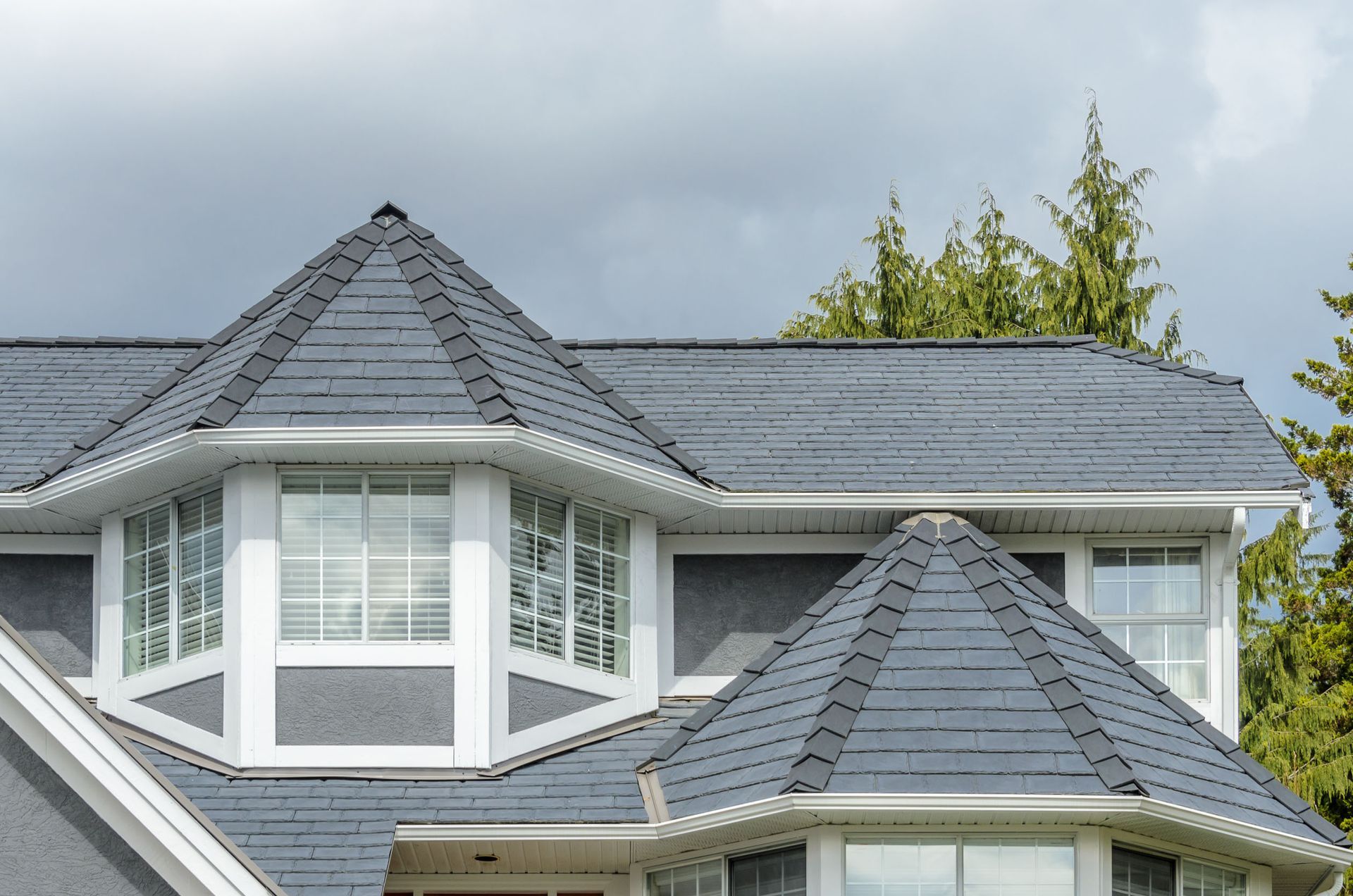
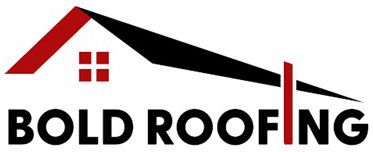

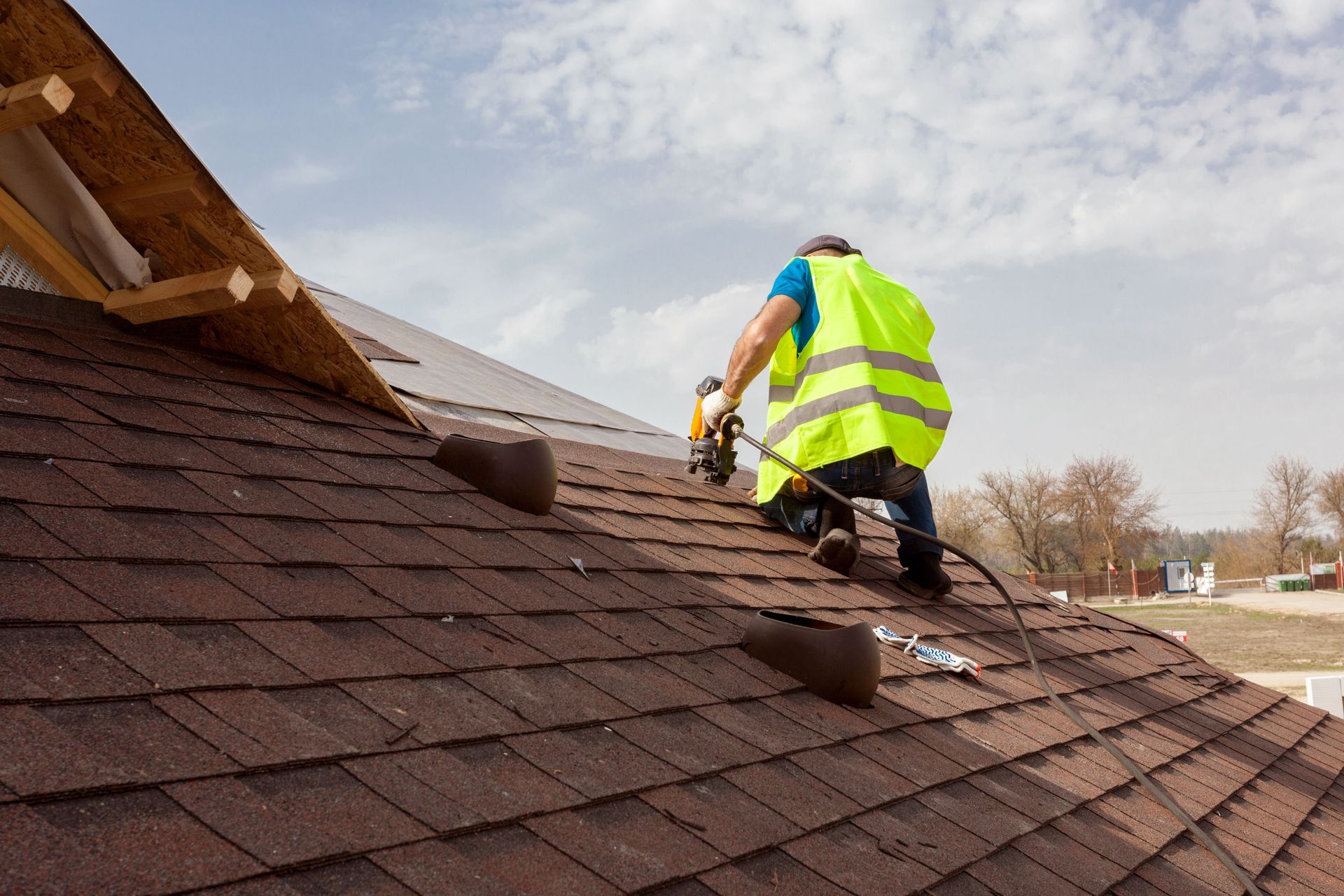
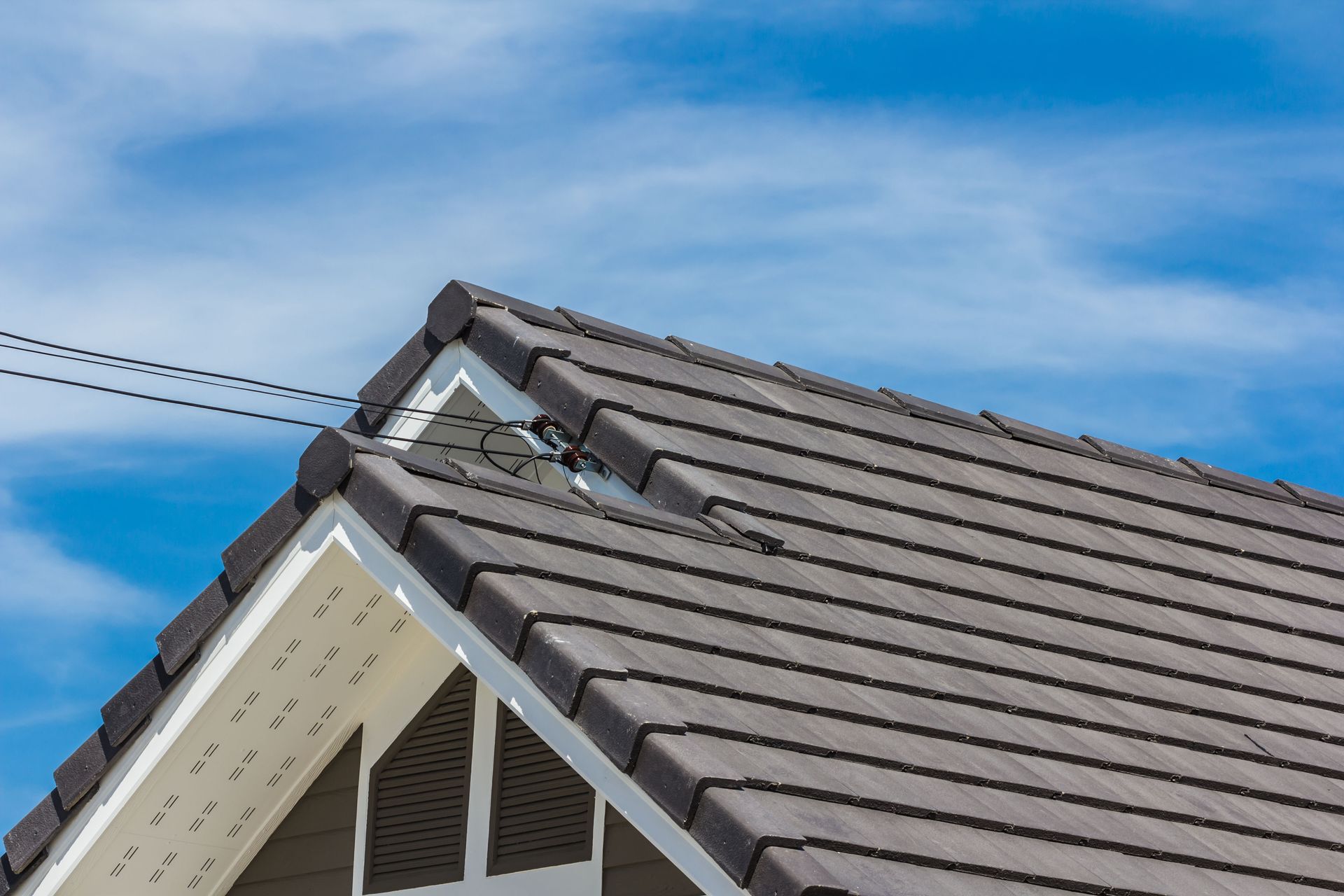
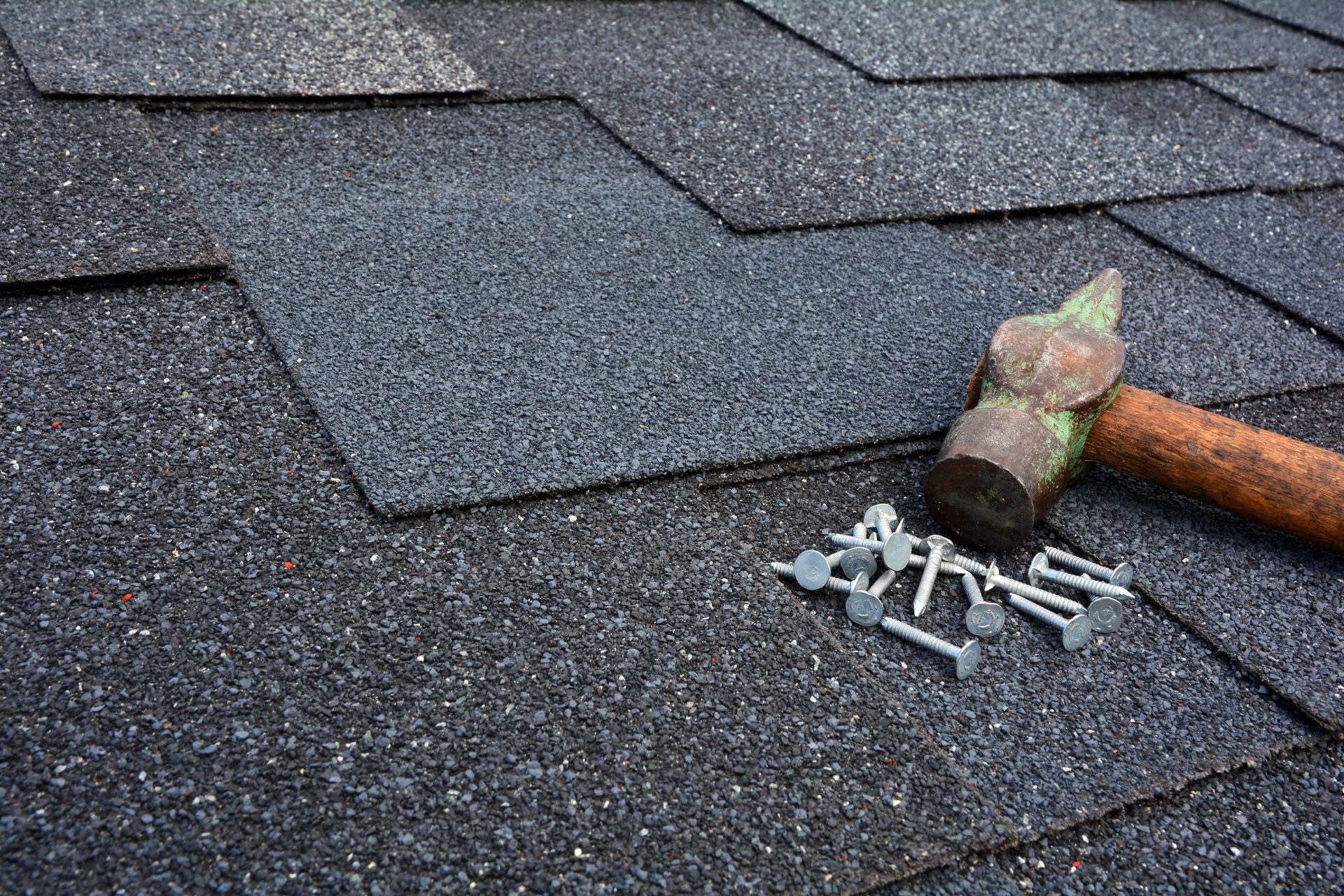

Share On: